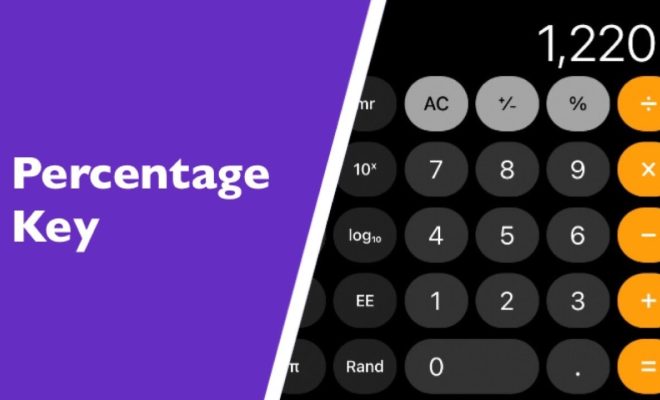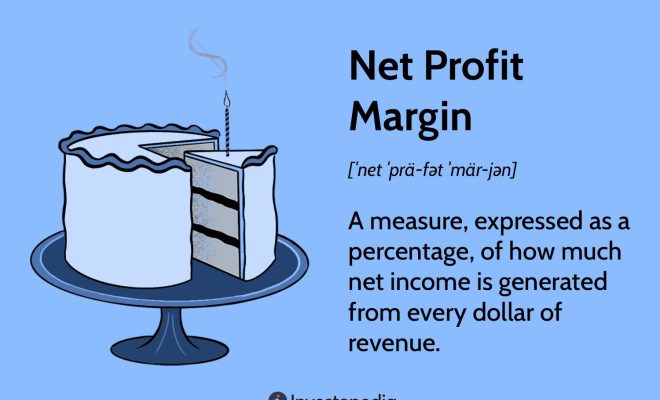How to figure out a percentage on a calculator

Introduction:
Percentages are a common mathematical concept that we often encounter in our day-to-day lives. Whether you are calculating discounts, gratuities, or analyzing data, understanding how to figure out a percentage on a calculator can be an invaluable skill. In this article, we will provide step-by-step instructions to help you master this essential technique.
Steps for Calculating Percentages Using a Calculator:
1. Identify the Whole and the Part:
To calculate the percentage, you need to know the whole amount or the total and the part of the amount you want to find the percentage for.
2. Convert the Percentage to Decimal Form:
To perform calculations with percentages on a calculator, you must first convert them into decimal form. To do this, simply divide the desired percentage by 100. For example, 25% would become 0.25 in decimal form (25 ÷ 100 = 0.25).
3. Multiply the Decimal by the Whole Amount:
Now that you have converted your percentage into its decimal form, use your calculator to multiply this decimal by the whole amount.
For example, let’s say you want to find what 25% of 200 is:
– First, convert 25% to its decimal form: (25 ÷ 100 = 0.25)
– Next, multiply this number by the whole amount (200): (0.25 x 200 = 50)
In this case, 25% of 200 is equal to 50.
4. Round Your Result If Necessary:
Depending on the precision needed for your calculations, you might want or need to round your result. Most calculators will display results with multiple decimal places; however, in many cases, it may be more appropriate to round your result to one or two decimal places.
Conclusion:
Calculating percentages can be a quick and easy process if you know how to use your calculator effectively. By identifying the whole and part, converting the percentage to a decimal, multiplying it by the whole amount, and rounding if necessary, you’ll be well-equipped to confidently calculate percentages in any situation. This valuable skill can help you better understand certain financial decisions, make data-driven choices, and navigate daily life with ease.






